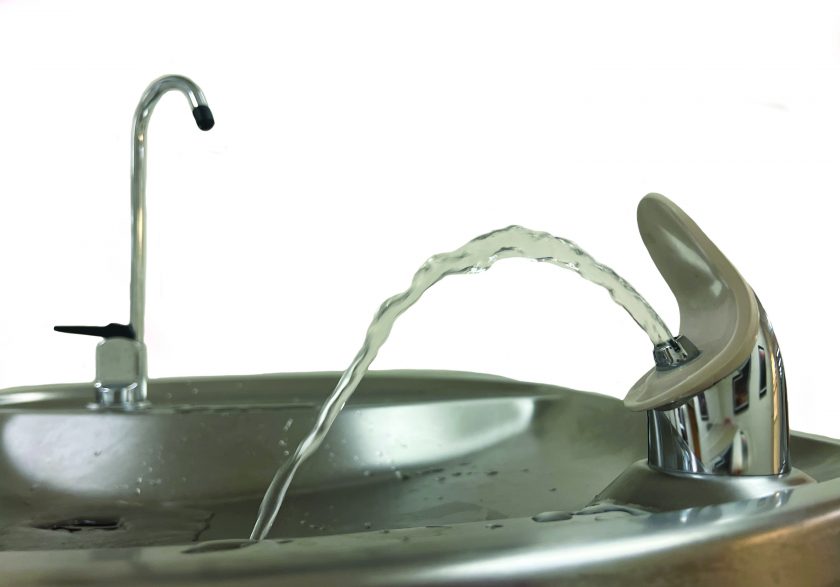Water Quality Risks Linked to Social Factors
December 8, 2024

Many policymakers across the country use median household income to determine which communities are disadvantaged and should be prioritized for certain social programs.
But for water quality violations, social factors — such as low population, high housing vacancy, disability, and race — are a better measure than income when it comes to determining who is most at risk, according to a study led by Bridget Scanlon, a research professor at the Bureau of Economic Geology.
Scanlon and her colleagues analyzed how water quality violations from across the contiguous United States reported during 2018-2020 compared with household median income and a social vulnerability index the researchers compiled for the study. The social index is modified from a similar index created by the Centers for Disease Control and Prevention that’s used for identifying communities that may need more support during natural disasters and public health emergencies.
The index created by the researchers proved to be a better indicator, capturing about 70% of the population affected by community water-quality violations, about three times the amount captured when median household income was used.
The study was prompted by new federal drinking water infrastructure laws that require states to allocate at least 49% of about $50 billion in federal funding to address water issues in disadvantaged communities.
“The study offers a useful tool that lawmakers can use,” Scanlon said. “This can then aid in coming up with lasting solutions that community water systems need to fix these issues.”
The findings were published in Environmental Research Letters.
Back to the Newsletter